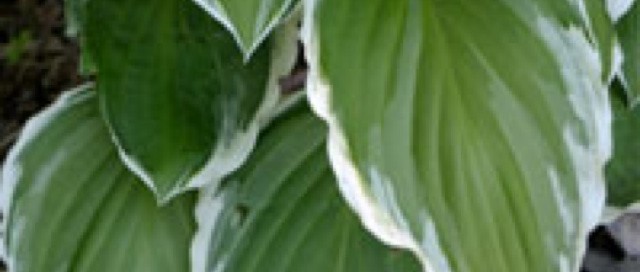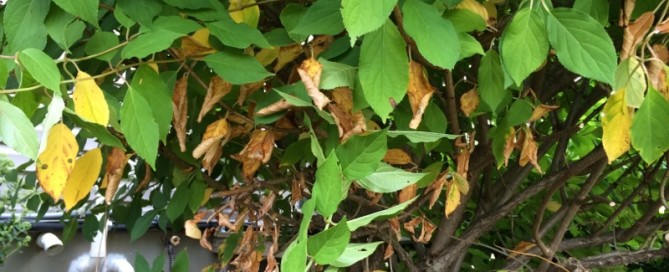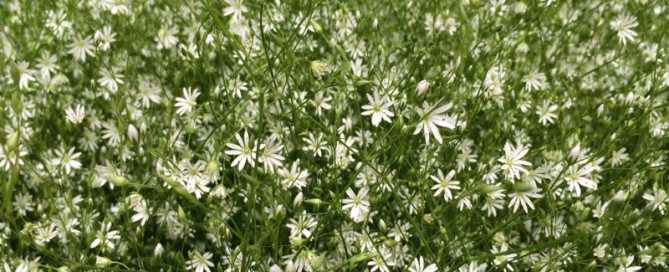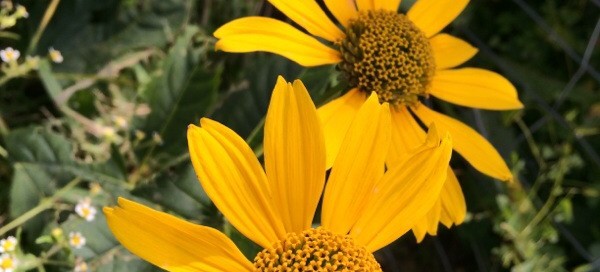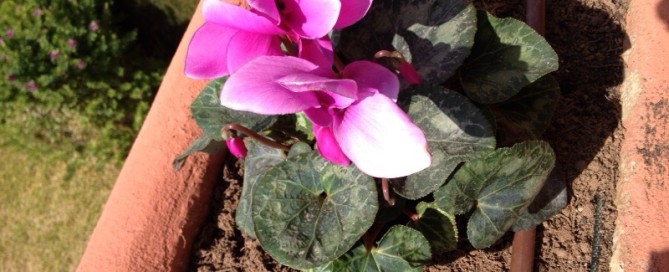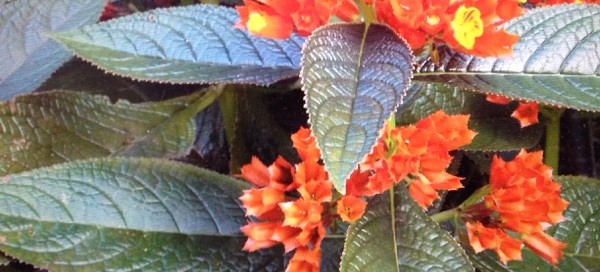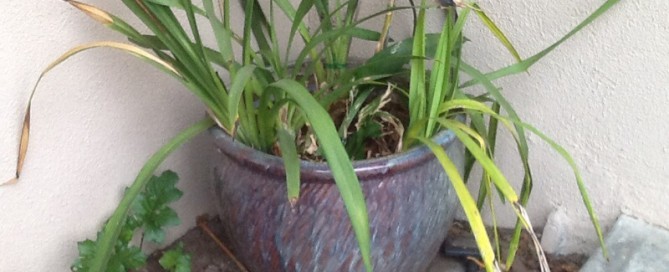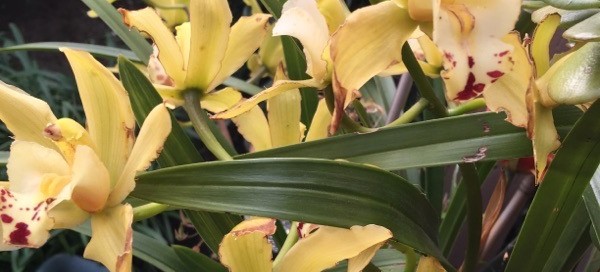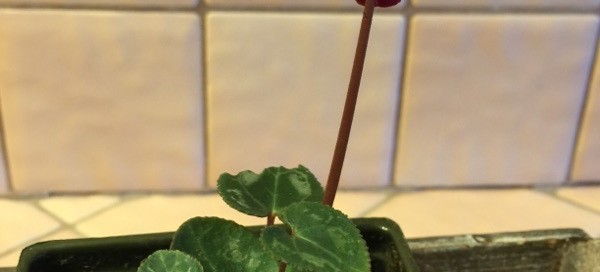Hosta Cultivar
There are thousands of Hosta cultivars and we cannot identify this specific cultivar for you. If you want or need to know more about it we suggest you contact a local Hosta Society to see if they can't tell you more about the plant. These plants love moist, well drained soil in light or full shade. There is a database of photos that might help you: http://www.hostalibrary.org/ If someone says, "Oh, that might be such-and-such" then you can look it up in the library to verify. This is a VERY popular shade plant not only for the variety of color and leaves but also for the blooms. They are pretty hardy, will die back in the fall and show up right on time in early spring. Just remove the spent foliage to protect the dormant plant from diseases or overwintering pests.
